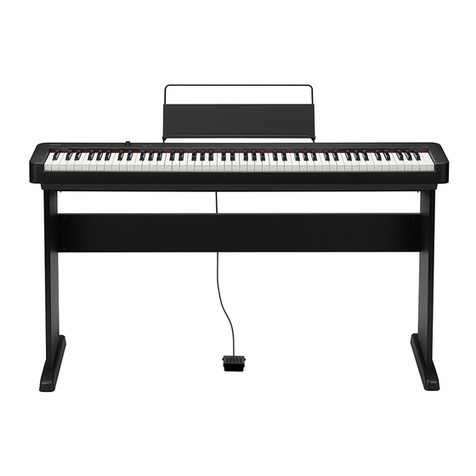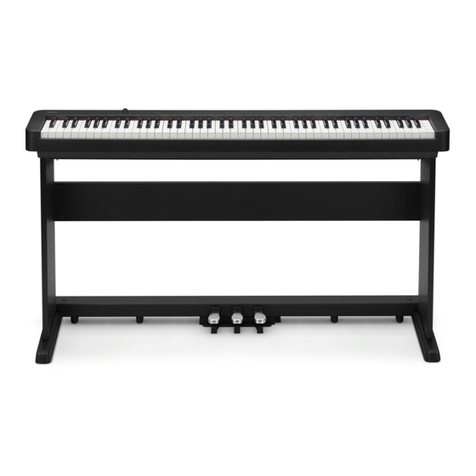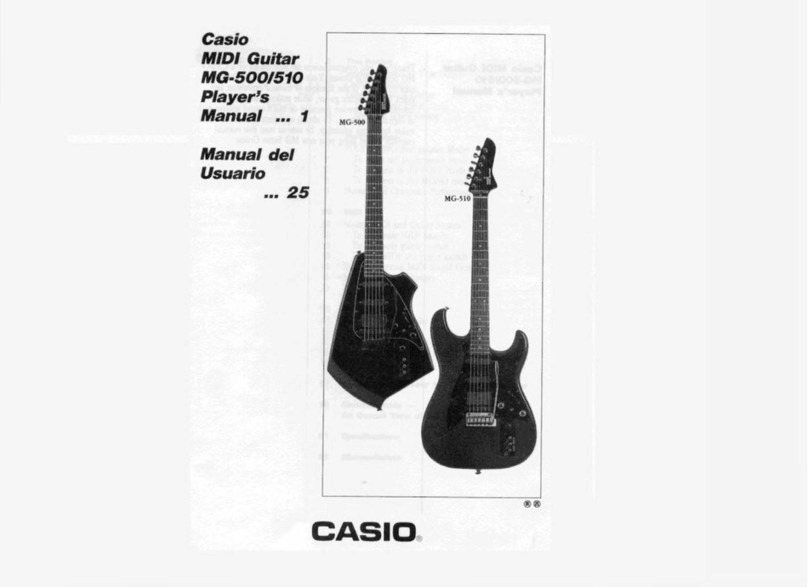Casio MT-640 User manual
Other Casio Musical Instrument manuals
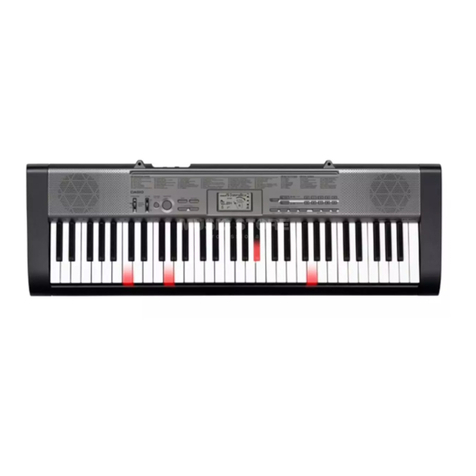
Casio
Casio LK-120 User manual
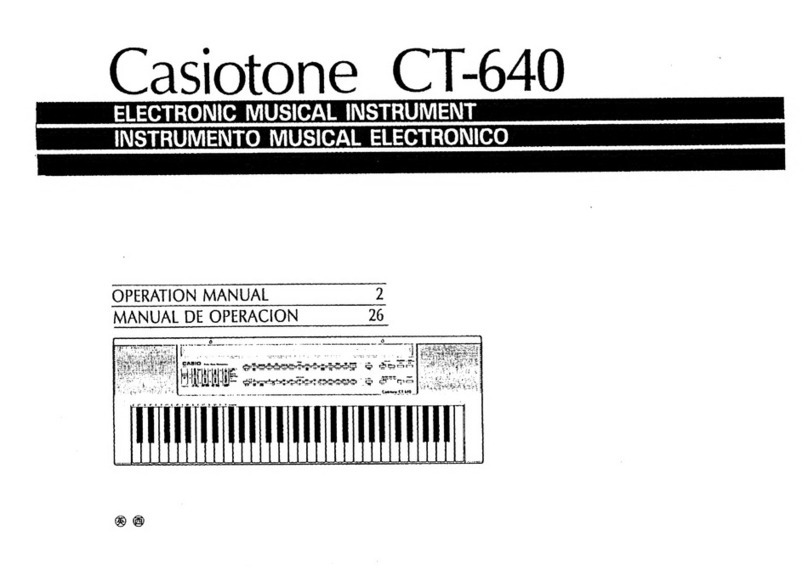
Casio
Casio CT-640 User manual

Casio
Casio Casiotone CT-S195 User manual

Casio
Casio TONE BANK CT-395 User manual
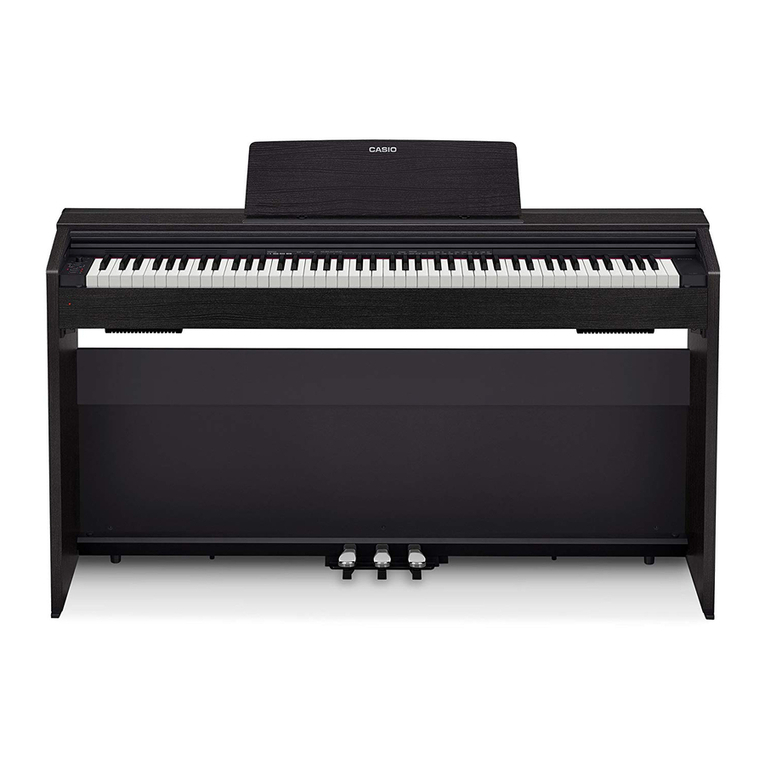
Casio
Casio Privia PX-870 User manual
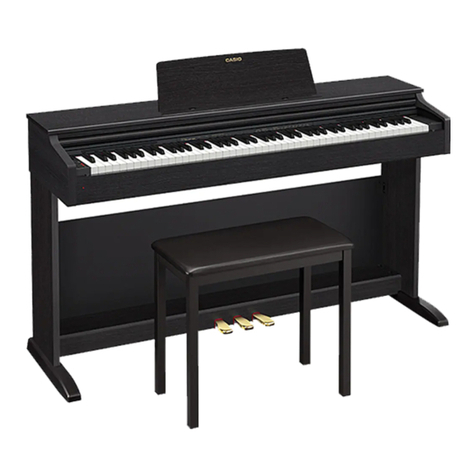
Casio
Casio Celviano AP-270 BK User manual

Casio
Casio Privia PX-720 Troubleshooting guide
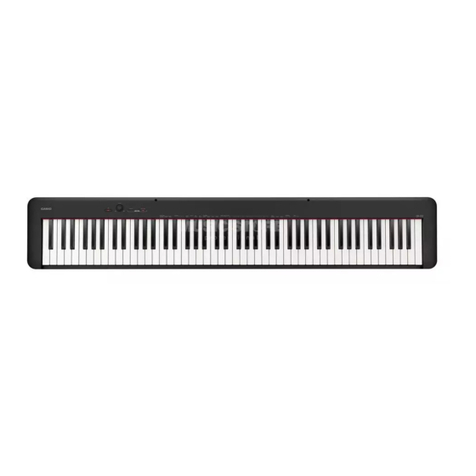
Casio
Casio CDPS-100 User manual
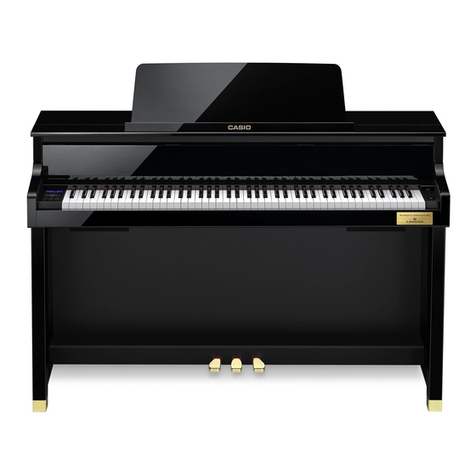
Casio
Casio CELVIANO GP-510 User manual

Casio
Casio AP-20 User manual
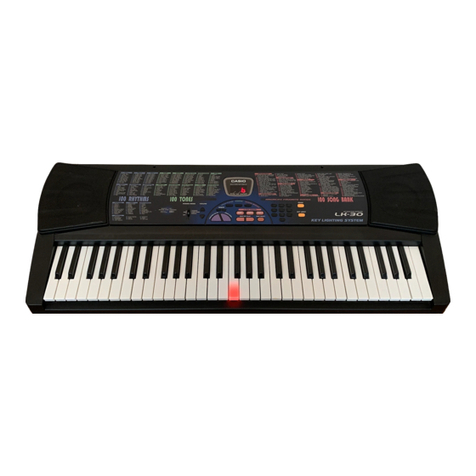
Casio
Casio LK-30 User manual
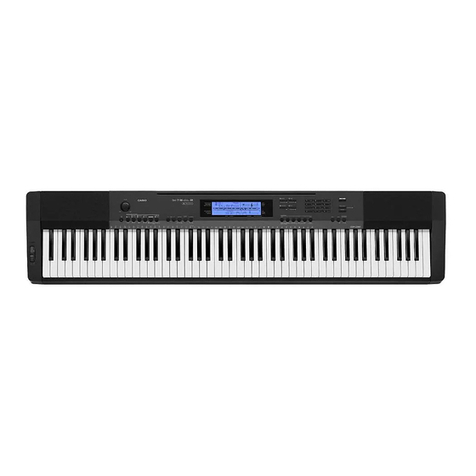
Casio
Casio CDP-235R User manual
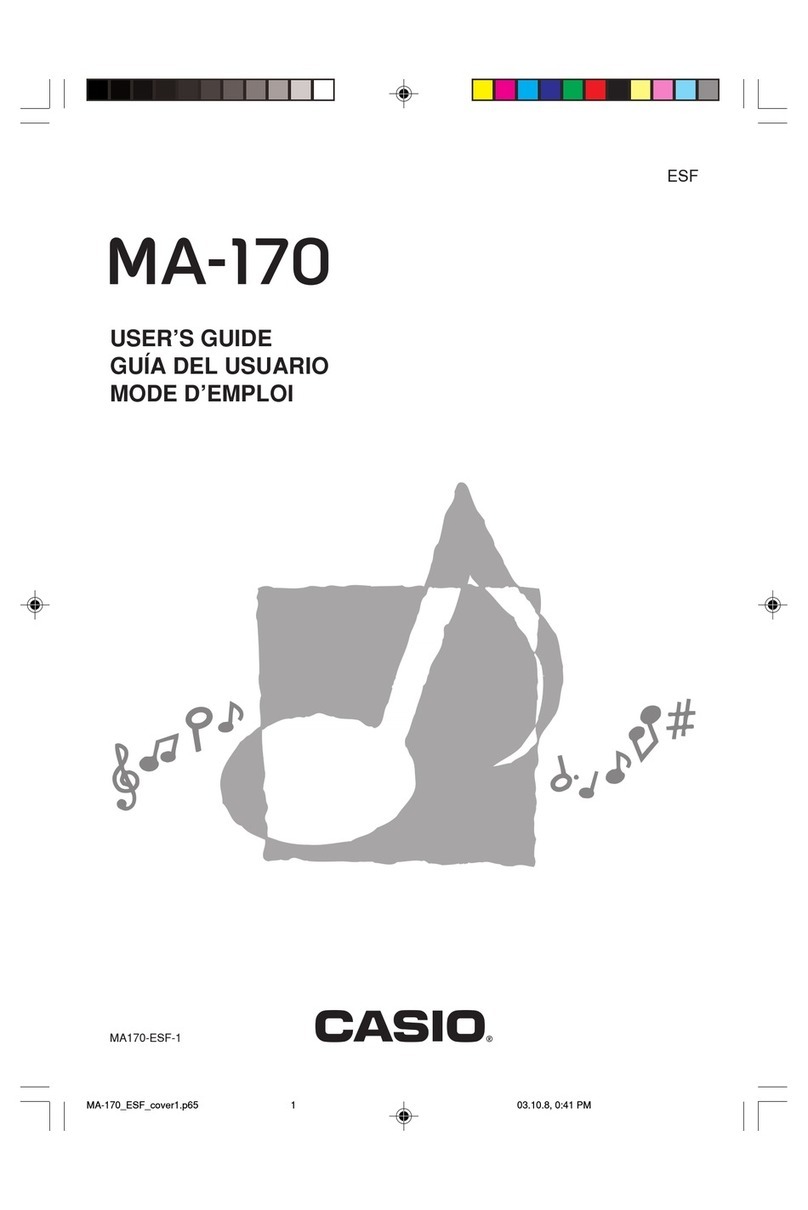
Casio
Casio MA-170 User manual

Casio
Casio CDP-240R User manual
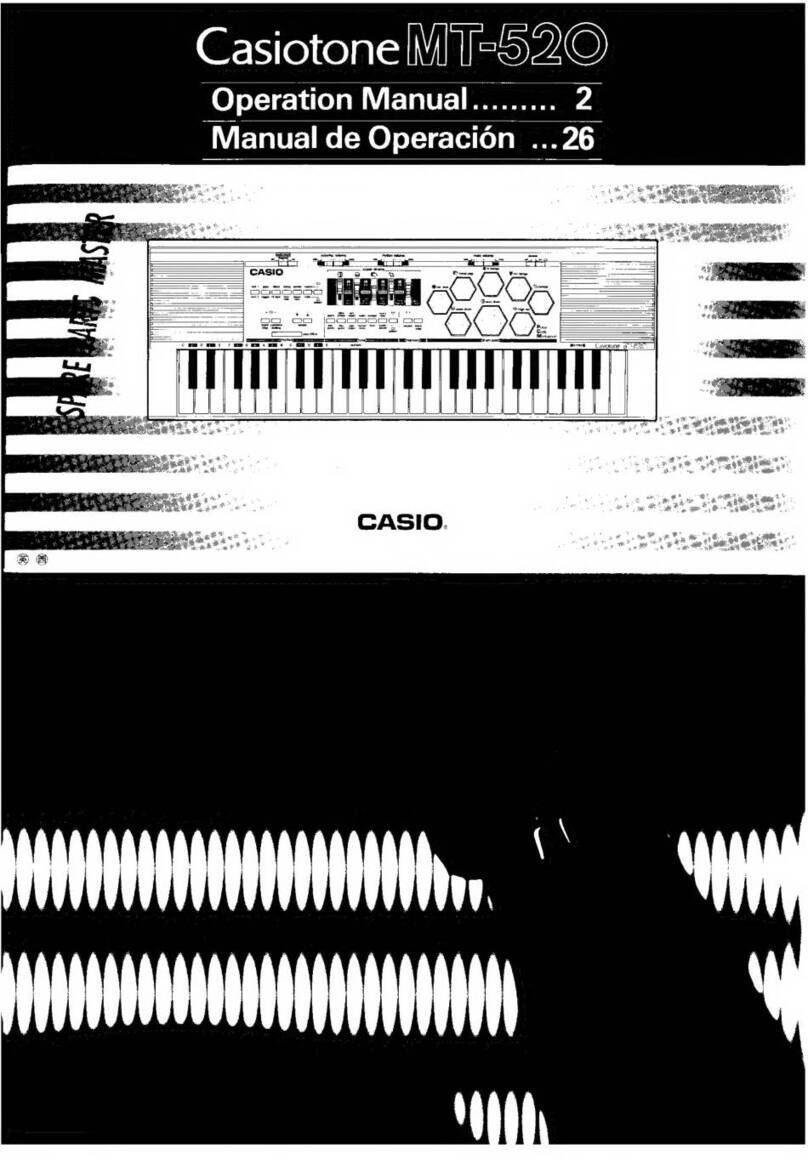
Casio
Casio Casiotone MT-520 User manual
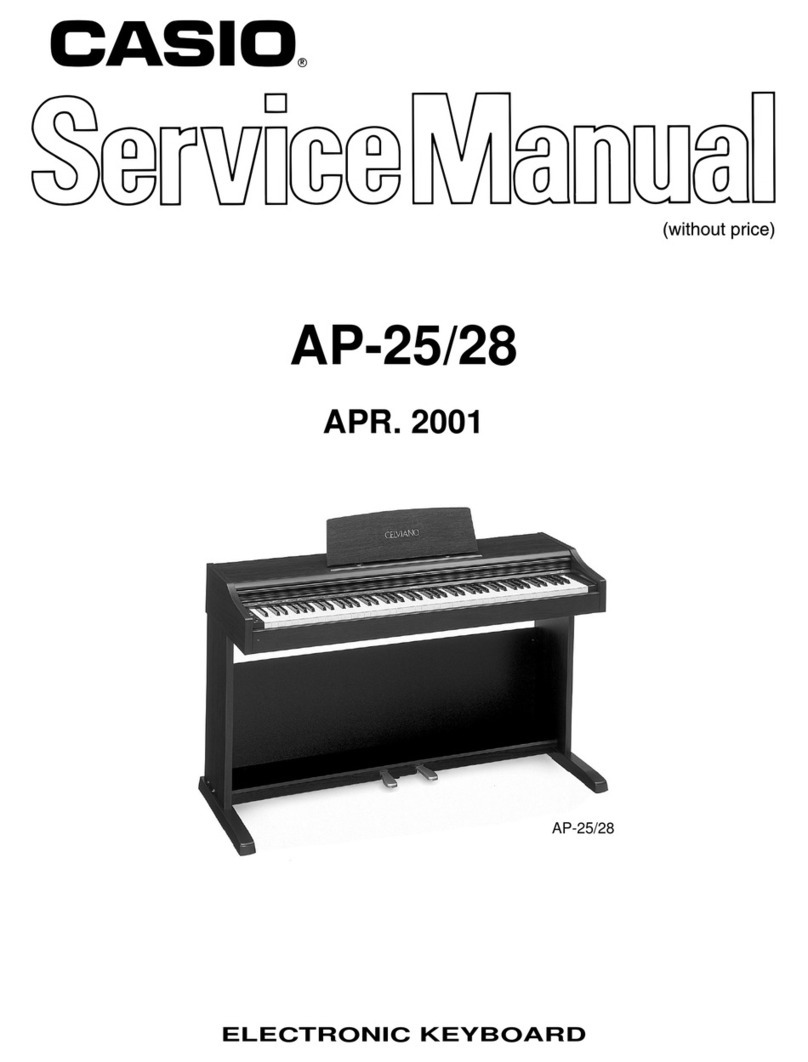
Casio
Casio Celviano AP-25 User manual
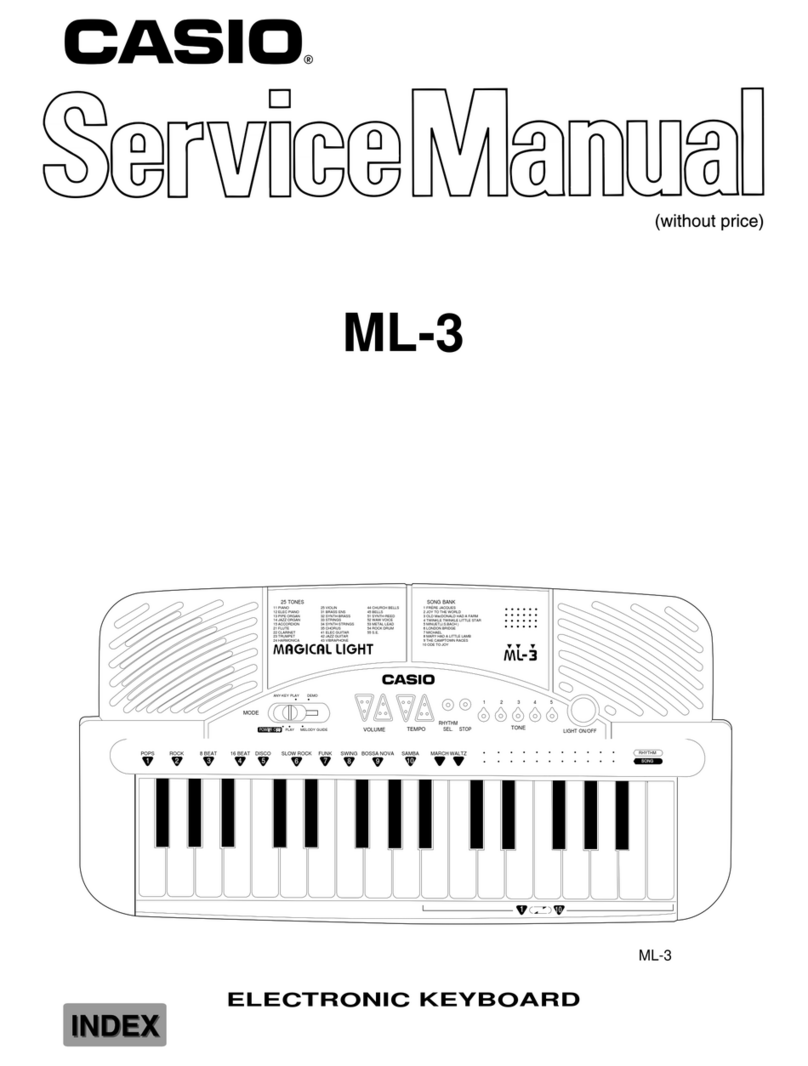
Casio
Casio ML-3 User manual
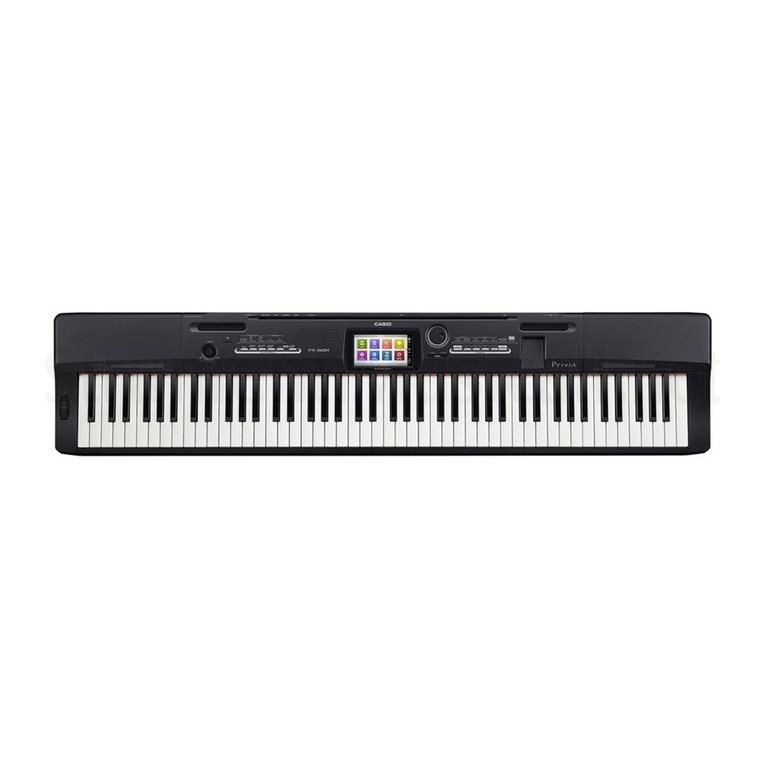
Casio
Casio Privia PX-350M User manual
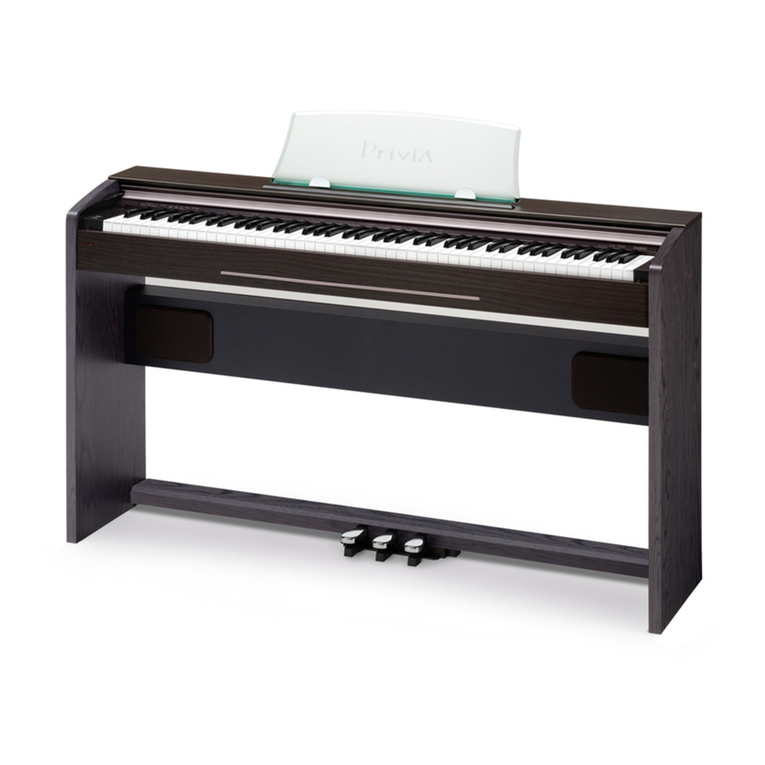
Casio
Casio Privia PX-720 User manual

Casio
Casio CPS-7 User manual
